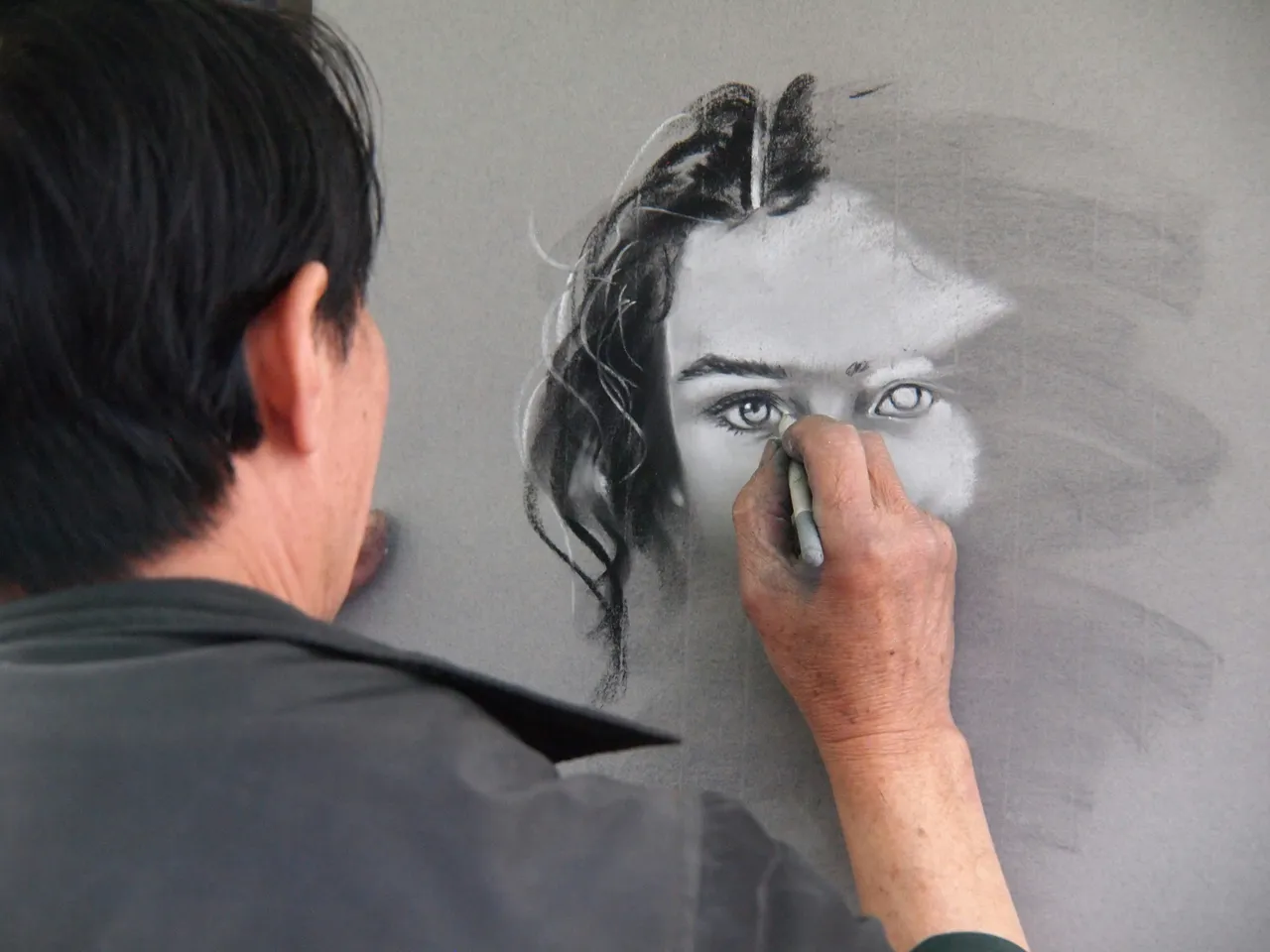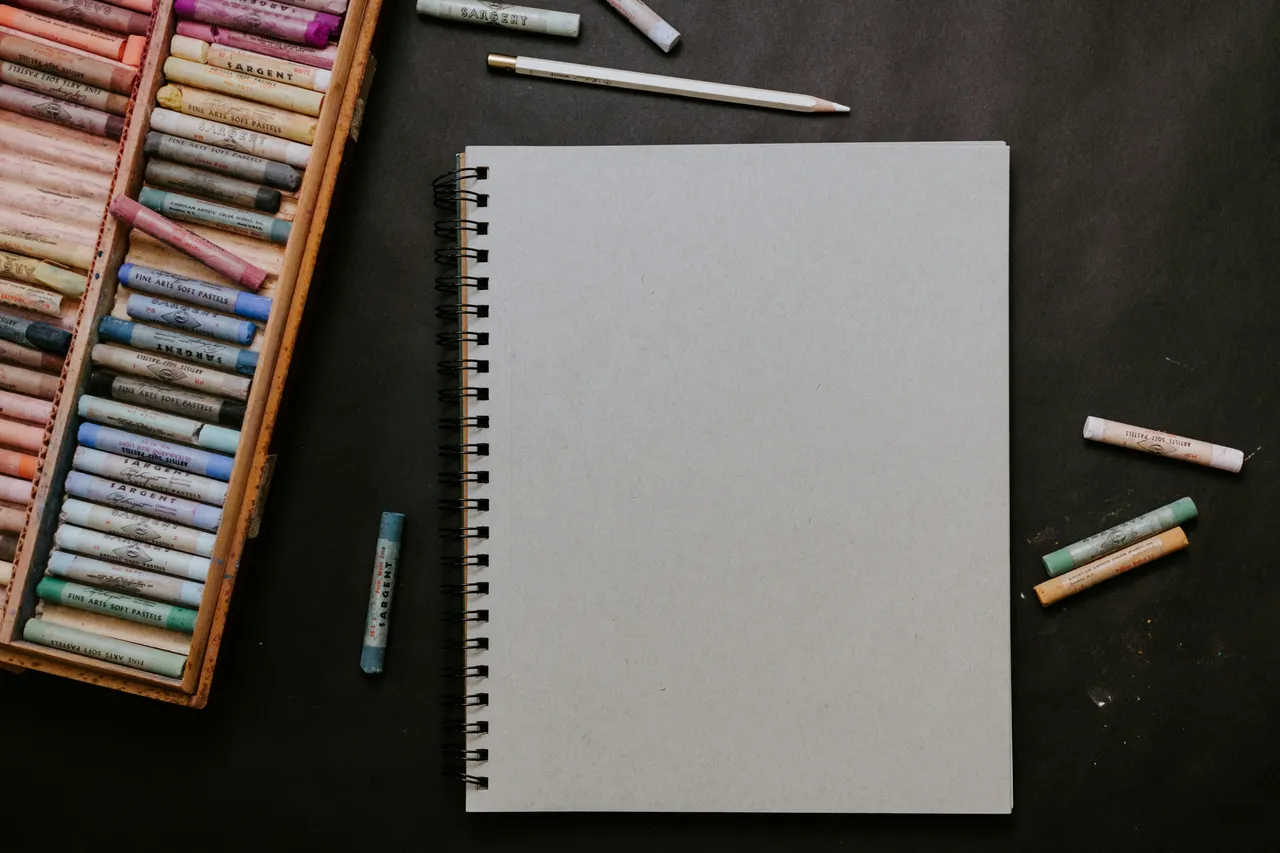
Image info
The Intersection of Art and Technology: How AI is Being Used in Sustainable Art Creation
Explore how artificial intelligence (AI) is transforming sustainable art creation. Discover innovative tools, case studies of artists, and the ethical considerations surrounding AI in art.
Introduction
In recent years, the intersection of art and technology has become a vibrant landscape for innovation, particularly with the rise of artificial intelligence (AI). Artists are increasingly turning to AI as a powerful tool to enhance their creative processes while promoting sustainability. As environmental concerns grow, the art community is seeking ways to create responsibly, and AI offers exciting possibilities for achieving eco-friendly art practices. This article explores how AI is transforming sustainable art creation, providing artists with new techniques and tools to express their creativity while being mindful of the planet.
Understanding Sustainable Art
Sustainable art refers to artistic practices that prioritize environmental responsibility and ethical considerations. This approach emphasizes the use of eco-friendly materials, such as recycled paper and non-toxic paints, along with waste reduction and energy-efficient processes. However, many artists face challenges in adopting sustainable practices, including limited access to green materials, the high cost of sustainable options, and a lack of knowledge about how to integrate these practices into their work. By understanding these challenges, artists can better navigate the complexities of sustainable art creation.
The Role of AI in Sustainable Art Creation
AI plays a significant role in enhancing creativity and streamlining artistic processes. By automating repetitive tasks, AI allows artists to focus on the more innovative aspects of their work. For example, AI can assist in generating new ideas, exploring diverse styles, and even creating art based on specific parameters set by the artist. Additionally, AI tools can help reduce waste by optimizing material usage and minimizing errors in the creative process. This not only promotes sustainability but also empowers artists to push the boundaries of their creativity.
Examples of AI Tools for Artists
Artists looking to integrate technology into their creative practices have access to several AI tools that can enhance their work. One notable tool is DeepArt, which utilizes neural networks to transform photos into artwork in the style of famous artists. This allows for creative exploration while minimizing the need for traditional materials. Another valuable resource is Runway ML, which provides AI-powered tools for video editing and image generation, enabling the creation of visually stunning works without extensive resources. Additionally, Artbreeder is a platform that allows users to blend images and create unique artworks using AI, helping artists explore new visual possibilities while utilizing fewer physical resources.
Case Studies: Artists Using AI in Sustainable Practices
Numerous artists are successfully integrating AI into their sustainable art practices. For instance, artist Refik Anadol uses AI to create immersive installations that explore the relationship between data and art. His work captivates audiences and raises awareness about the importance of sustainability in the digital age. Another example is the collaboration between artist Anna Ridler and AI technology to create a series of artworks reflecting on the impact of climate change. By using AI to analyze environmental data, Ridler's work highlights the urgent need for sustainable practices in the art world. Ridler emphasizes that AI allows her to visualize complex data in a way that engages the audience and provokes thought about our environmental impact.
Balancing Tradition and Technology
While AI offers exciting opportunities, artists may worry about losing their creative voice in the process. It's essential to find a balance between traditional techniques and modern technology. Artists can maintain their unique style by using AI as a tool rather than a replacement for their creativity. By embracing both approaches, artists can create works that resonate with their audience while leveraging the advantages of AI.
Challenges and Ethical Considerations
Despite the benefits of AI in sustainable art, there are challenges and ethical considerations to address. Artists must critically engage with technology to ensure that their work remains authentic and original. Key ethical considerations include authorship, as questions arise about who owns the rights to AI-generated art. Additionally, AI can create biases in art, influencing public perceptions of artists and their work. Finally, the environmental impact of the technology itself must be considered. By fostering a thoughtful dialogue around these topics, artists can navigate the complexities of integrating AI into their practices.
Conclusion
AI is transforming the landscape of sustainable art creation, offering artists innovative tools and techniques to enhance their creativity while being mindful of the environment. By embracing AI, artists can reduce waste, optimize their processes, and explore new artistic frontiers. As the art community continues to evolve, it is important for artists to engage with technology thoughtfully and sustainably.
Join the Conversation
We invite you to explore the world of AI in art and share your experiences with integrating technology into your creative practices. What tools have you found helpful? How do you balance tradition and innovation in your work? Join the conversation on social media using the hashtag #AIinSustainableArt or share your insights on our community forum.
Authoritative Sources
For insights on the role of AI in sustainability, see Using AI for sustainability: Case studies and examples. For a comprehensive exploration of AI's impact on sustainable art practices, refer to AI sustainability in the art sector: Chinese contemporary visual artists' solutions. To explore the transformative power of AI in art, visit Exploring the transformative power of AI in art.
This article was developed using available sources and analyses through an automated process. We strive to provide accurate information, but it might contain mistakes. If you have any feedback, we'll gladly take it into account! Learn more

